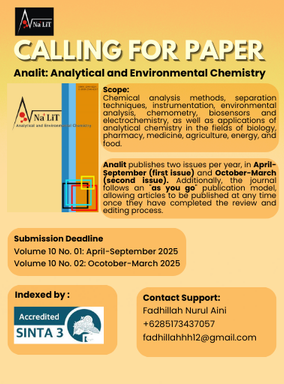Submissions
Submission Preparation Checklist
As part of the submission process, authors are required to check off their submission's compliance with all of the following items, and submissions may be returned to authors that do not adhere to these guidelines.- The submission has not been previously published, nor is it before another journal for consideration (or an explanation has been provided in Comments to the Editor).
- The submission file is in OpenOffice, Microsoft Word, RTF, or WordPerfect document file format.
- Where available, URLs for the references have been provided.
- The text is single-spaced; uses a 12-point font; employs italics, rather than underlining (except with URL addresses); and all illustrations, figures, and tables are placed within the text at the appropriate points, rather than at the end.
-
The text adheres to the stylistic and bibliographic requirements outlined in the Author Guideline, which is found in About the Journal.
- If submitting to a peer-reviewed section of the journal, the instructions in Ensuring a Blind Review have been followed.
Copyright Notice
As an article author, the author has the right to use his article for various purposes, including being used by the institution that employs the author or the institution that provides funds for research. Author's rights are granted without special permission.
Authors who publish papers on Analit have broad rights to use their work for teaching and scientific purposes without the need to ask for permission, including: being used for: (i) teaching in the author's classroom or institution, (ii) presenting at meetings or conferences and distributing copies to participants; (iii) training conducted by authors or authoring institutions; (iv) distribution to colleagues for research use; (v) be used in a compilation of the author's subsequent work; (vi) its inclusion in a thesis or dissertation; (vi) reuse parts of articles in other works (with quotations); (vii) the preparation of derivative works (with quotations); (viii) voluntary posting on open websites operated by authors or authoring institutions for scientific purposes (follow the CC BY-SA License).




